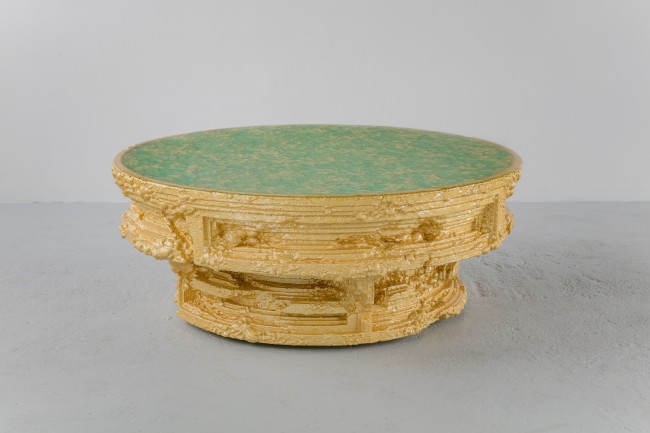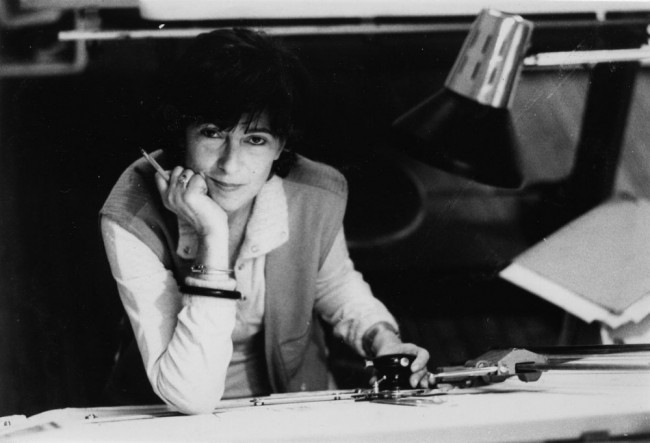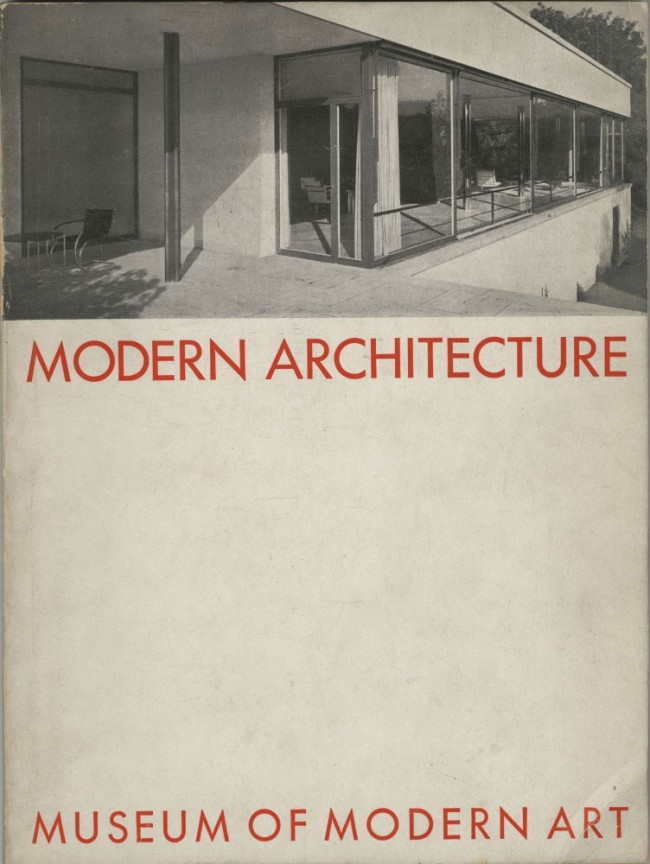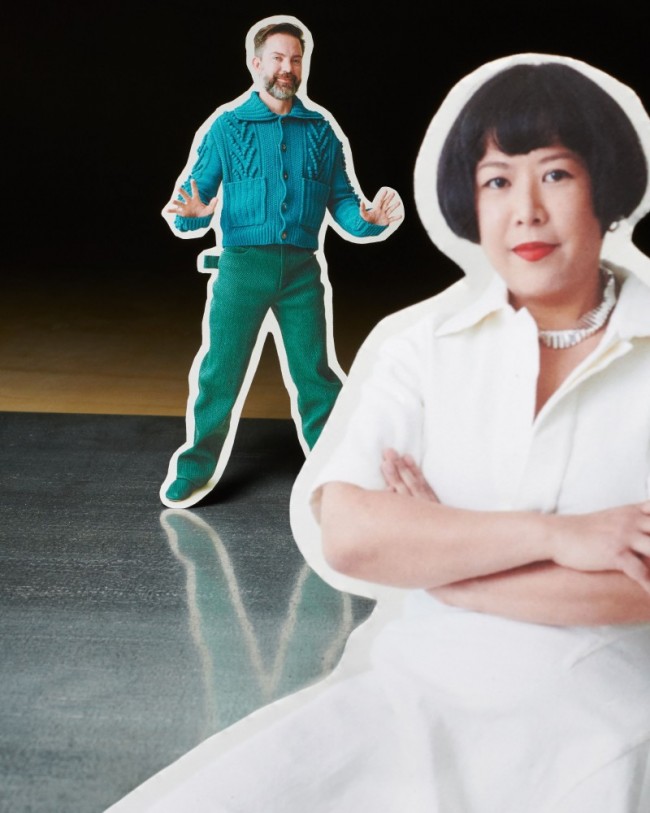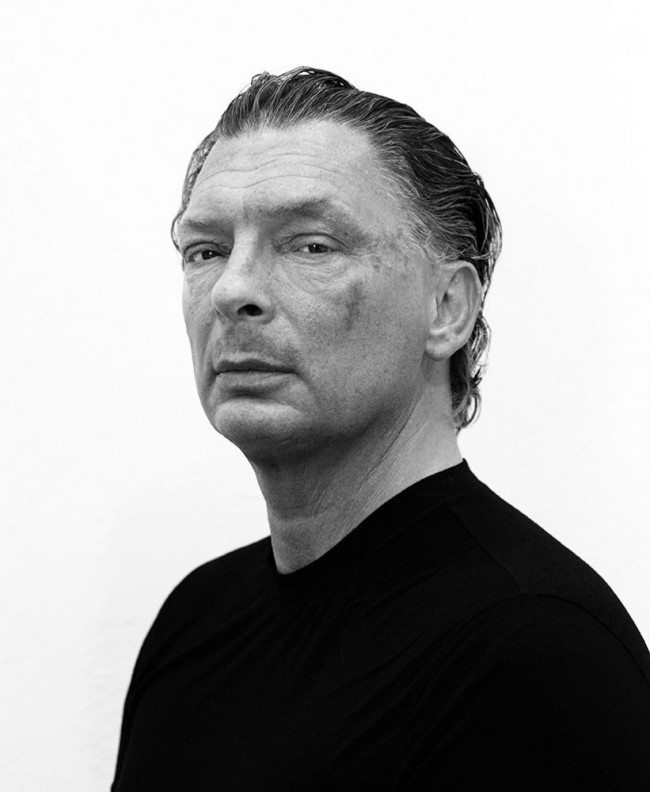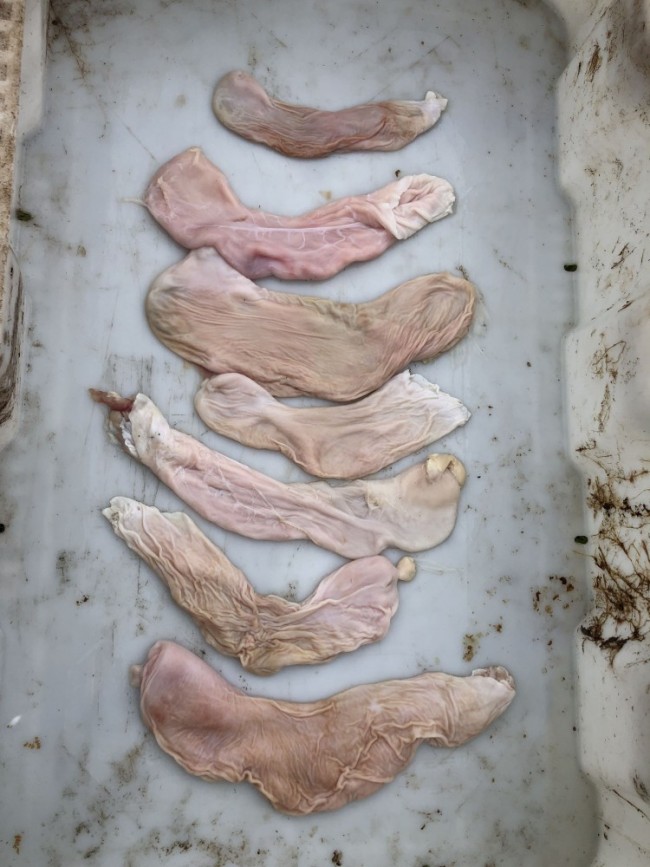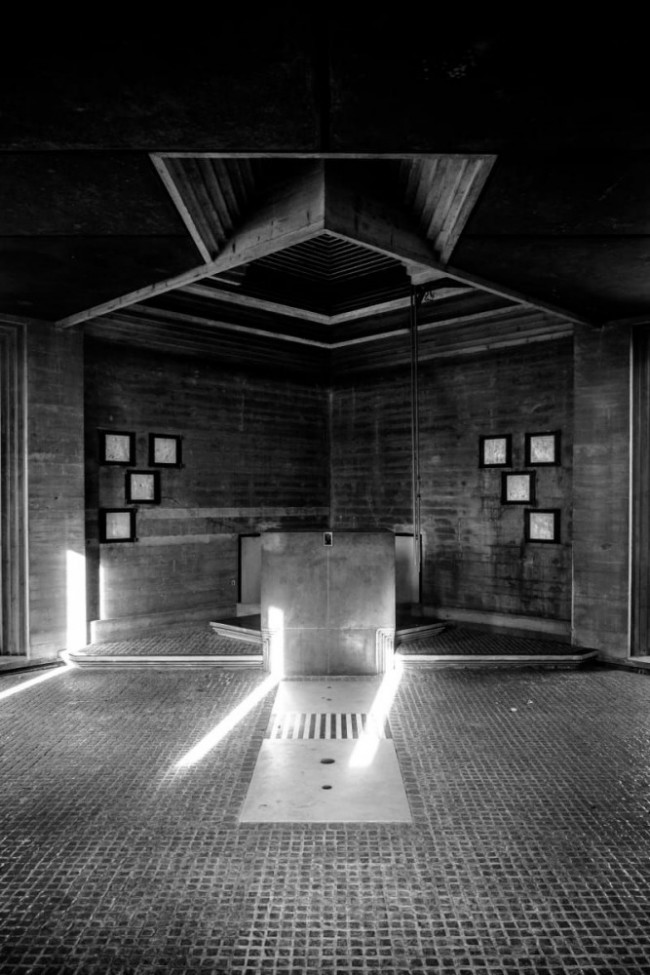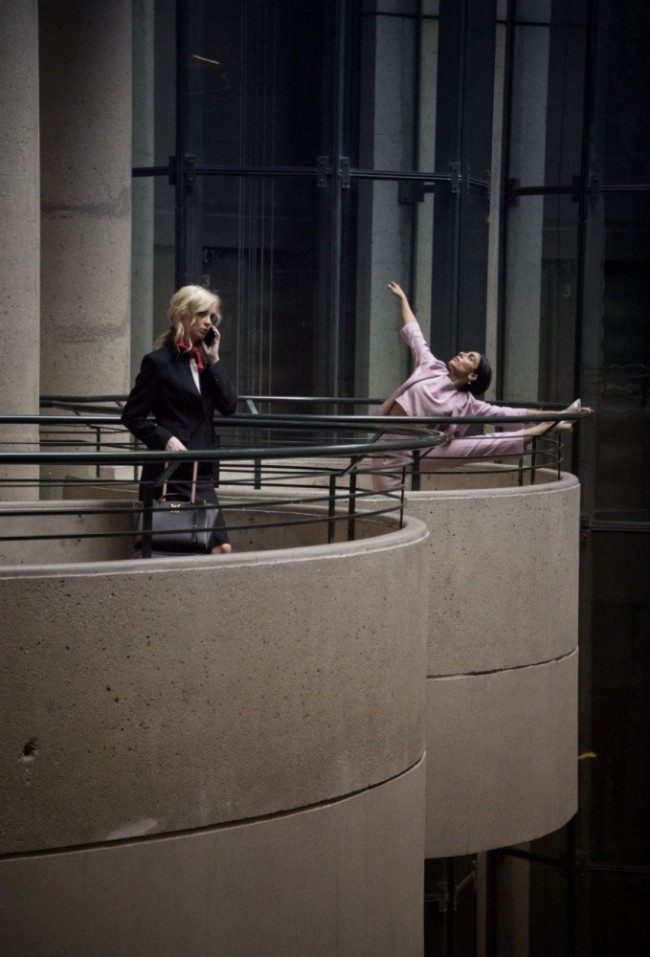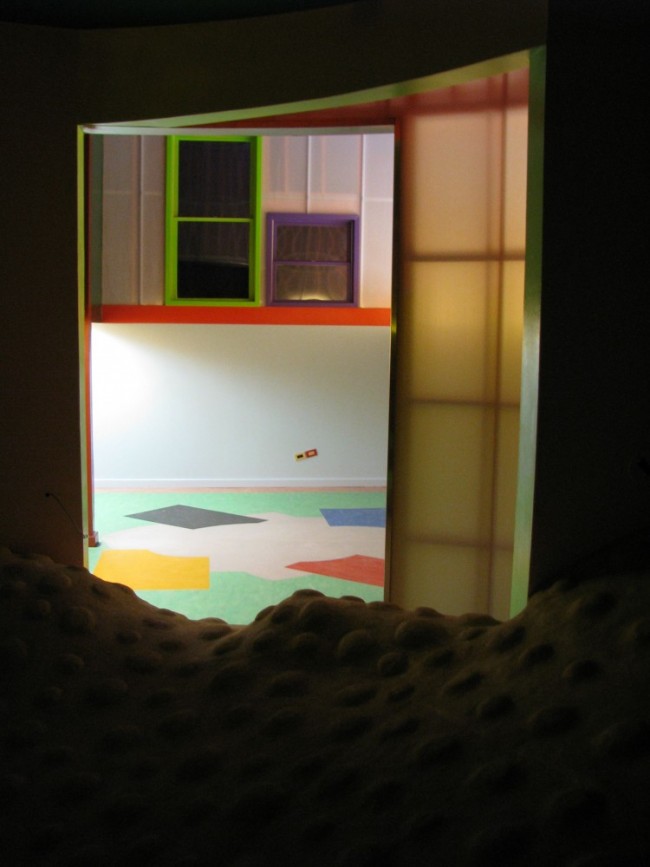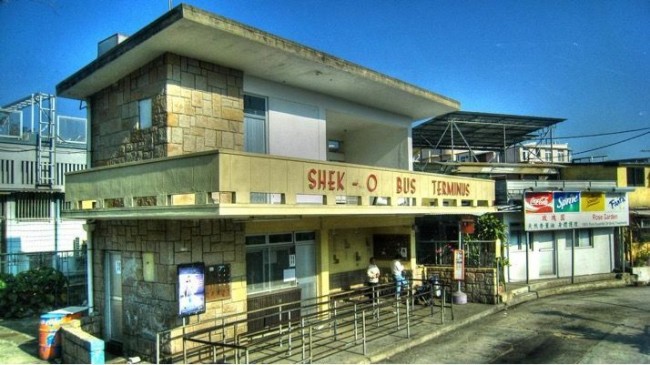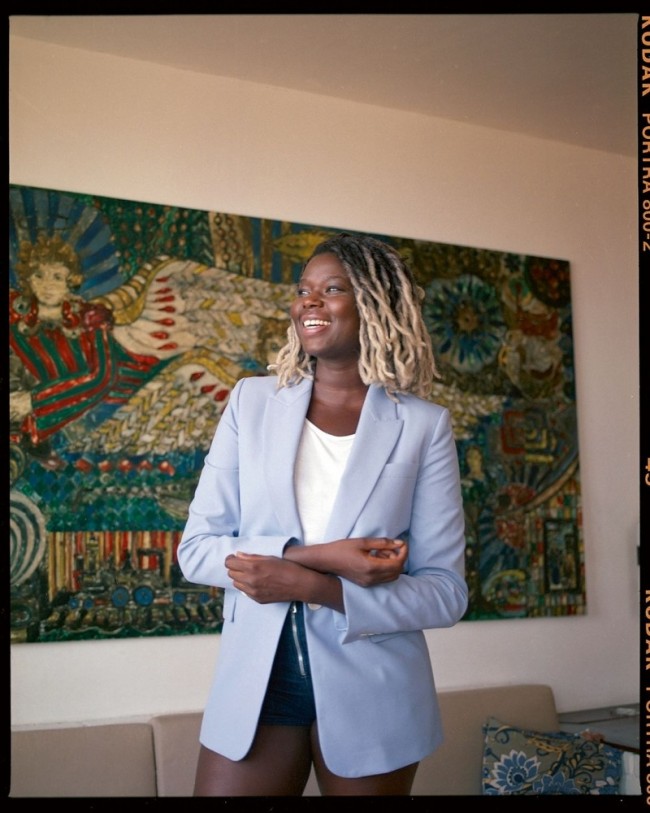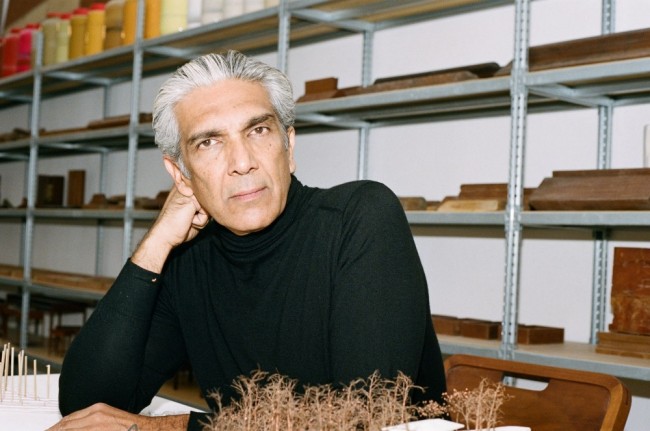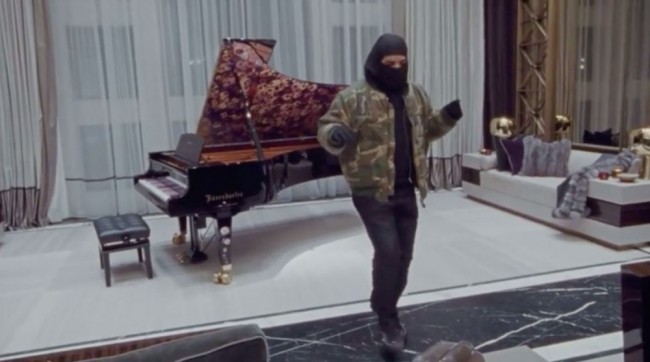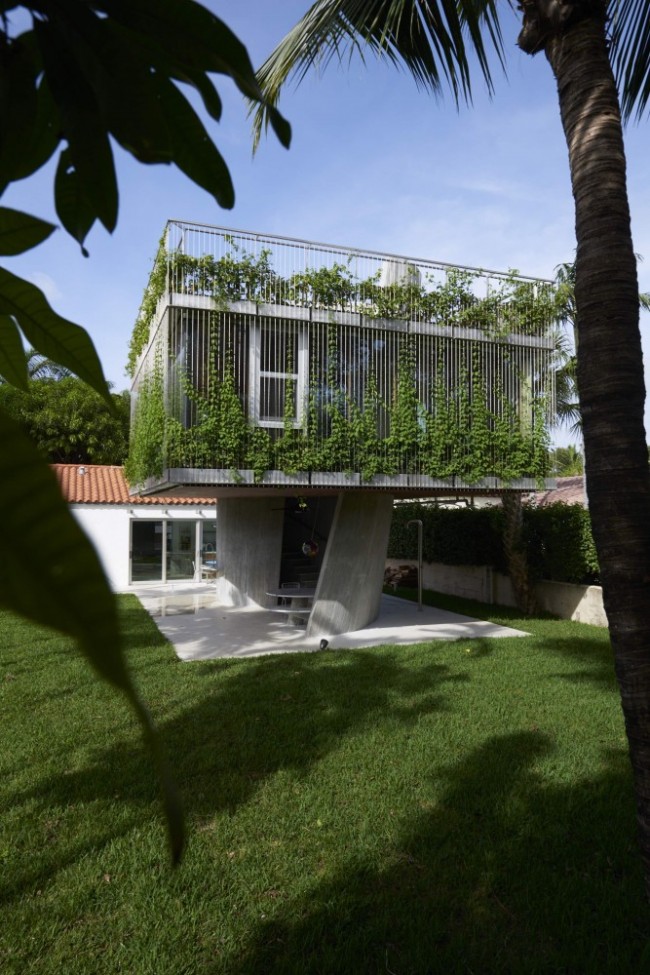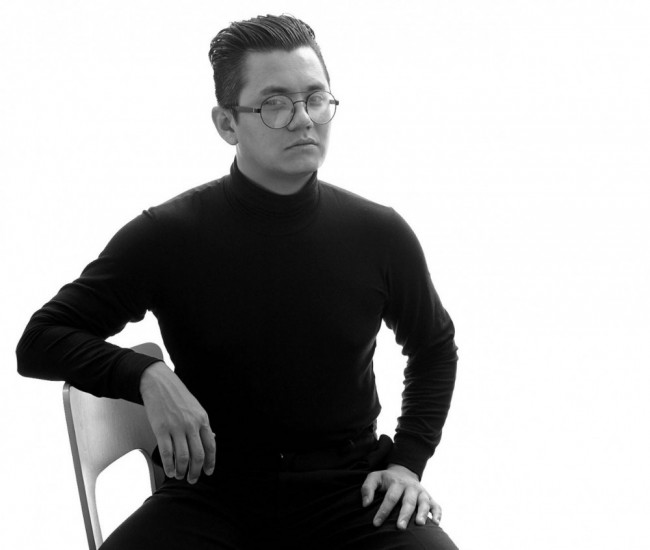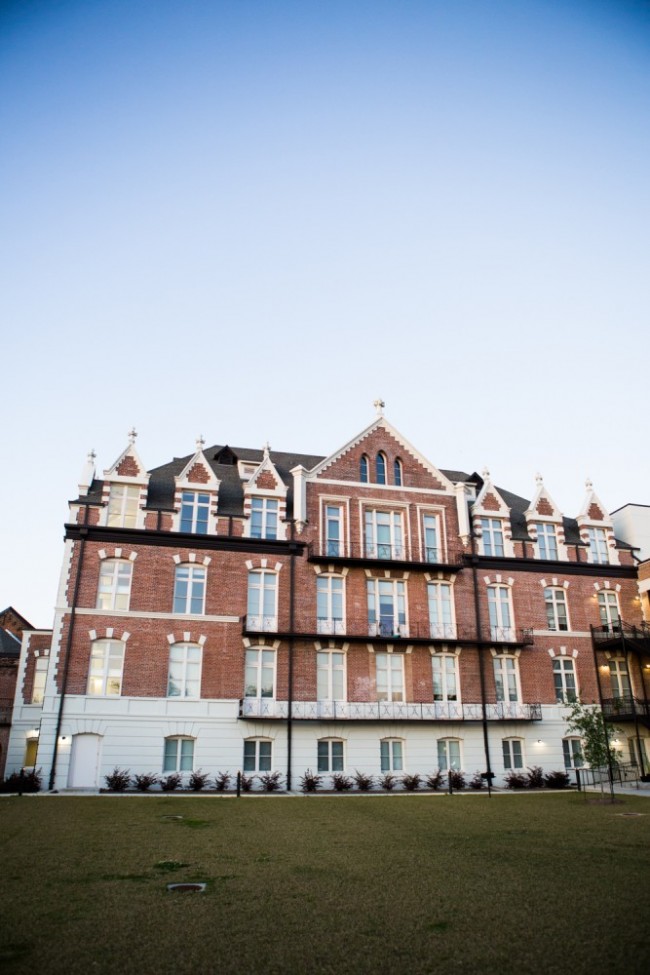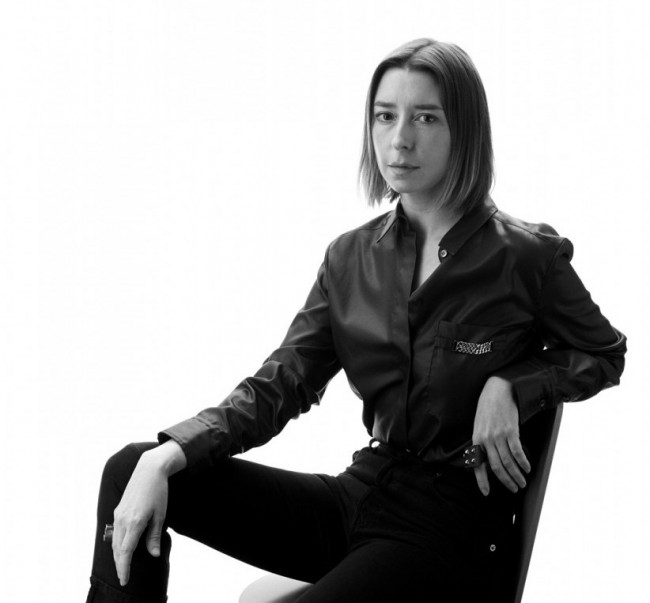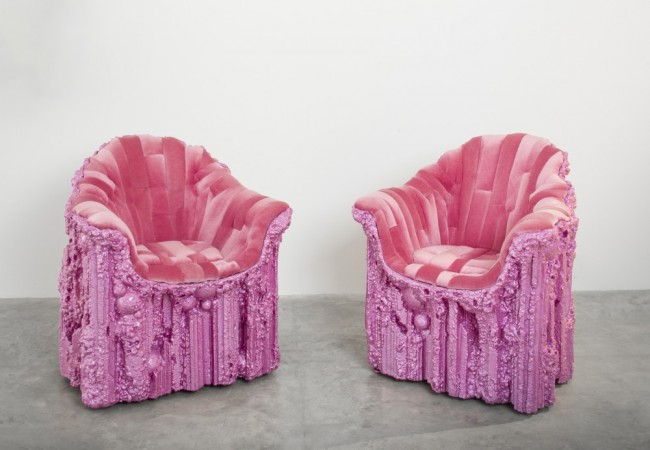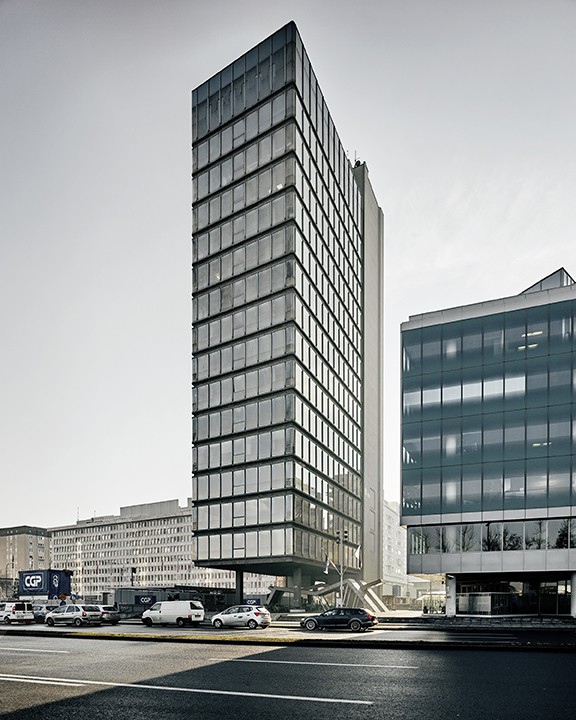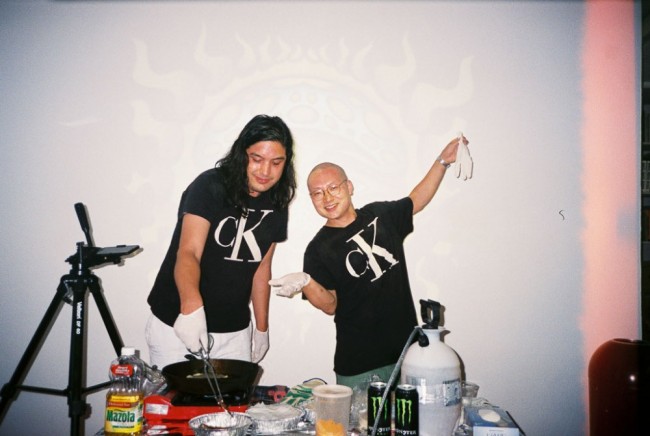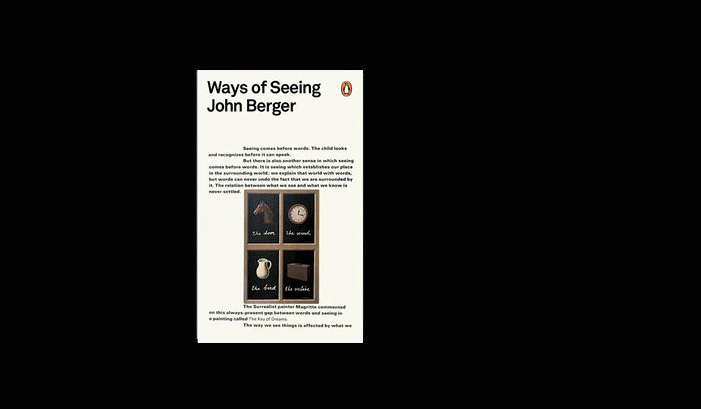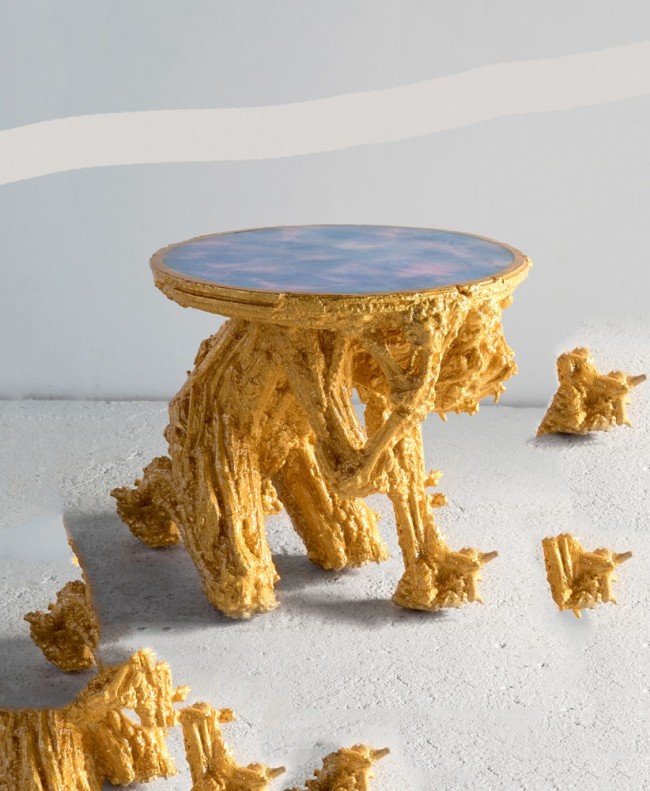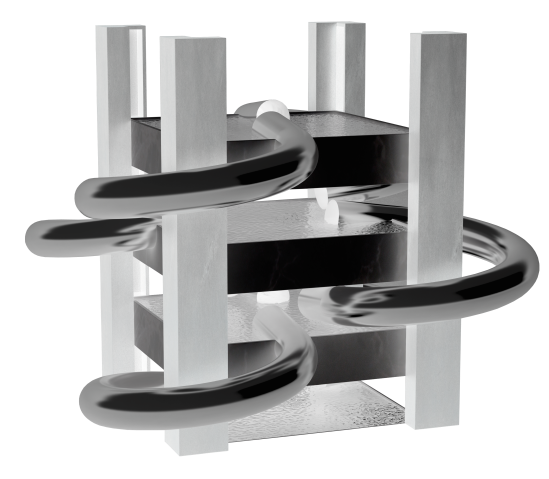INTERVIEW: IdeasCity Curator Mitch McEwen on New Orleans and Fruitful Speculations
V. Mitch McEwen is exceptionally busy. The 40-year-old New Yorker is currently assistant professor at Princeton University School of Architecture (“Experimenting in Dark Times” was the title of one of her recent design studios) as well as the principal of McEwen Studio and cofounder of A(n) Office, a collaboration with architect Marcelo López-Dinardi. McEwen’s work ranges from hands-on urban interventions on houses acquired from the Detroit Land Bank Authority to prestigious exhibits at 2016’s Venice Architecture Biennale and Istanbul Design Biennial. The latest of the many feathers in McEwen’s cap is her role as head curator of IdeasCity, the New Museum’s civic-centered offshoot, which this year takes place in New Orleans for the first time under the title Everyday Festival.
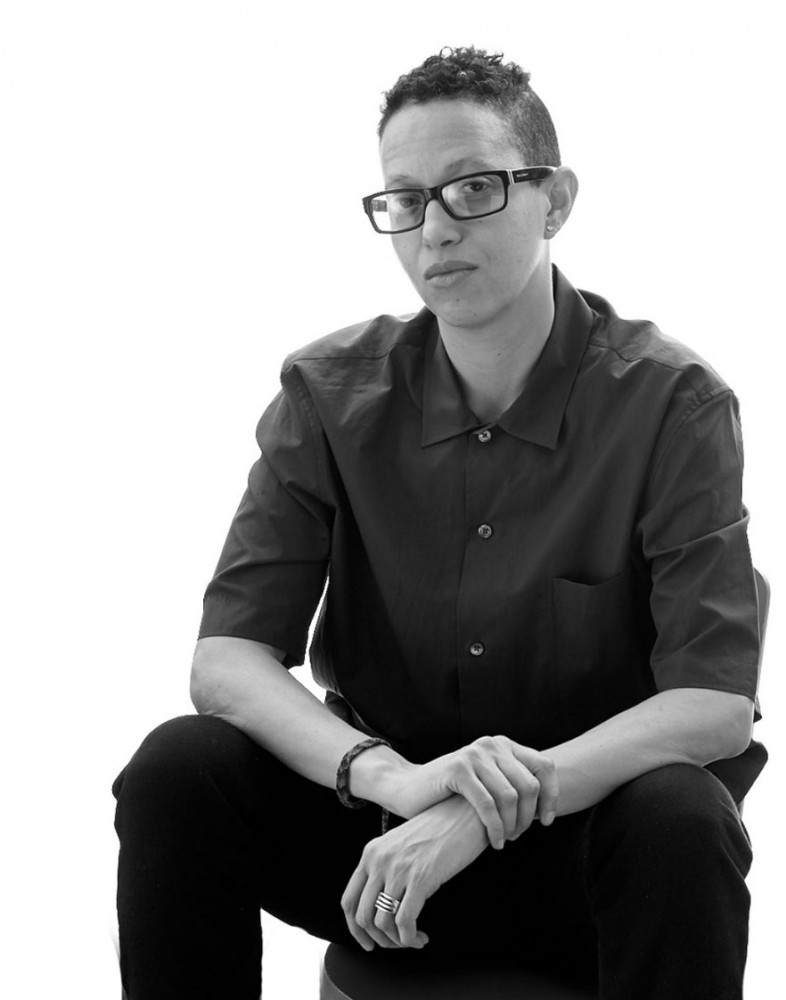
IdeasCity 2019 curator V. Mitch McEwen photographed by Josep Fonti for PIN–UP.
What are your responsibilities as the curator of IdeasCity’s New Orleans edition? And does it tie into your work as an educator and urban designer?
I’m curating IdeasCity the same way that I work on design projects in Detroit or elsewhere. I’m coming in for a specific amount of time to execute something. And even though it’s organized by the New Museum, we’re working outside the conventional boundaries of the museum. I’m not a full-time curator, but I work on space or on cities in different ways to direct the program in different locations, from Toronto last September to New Orleans this April and New York this coming September. Of course, it’s not exactly like an urban-design project, but it nonetheless investigates a specific place through specific institutions and through collaboration.
What can we expect from IdeasCity in New Orleans? And how will it be the same as or different from what's happened in New York or elsewhere?
IdeasCity originated in New York, where it very much activates the streets. When IdeasCity travels, it becomes a very different animal — previous iterations in Arles, Athens, or Detroit, have provided opportunity for folks to share ideas in a collegial way. For New Orleans I’ve decided to combine the two strands: there’ll be a residency where ten people from New Orleans and ten people from around the world share ideas with each other, but we’ll also take those ideas out into the street. Most of the events are focused in one neighborhood, Tremé, the longest-occupied Black neighborhood in the whole country. And there, between the Bell Artspace Campus and the New Orleans African American Museum, we have these pop-up events and projects that are all within the logic of prototyping. Everyday Festival is the theme that brings all that together, because a festival isn’t something New Orleans just does, it’s something it really excels at. (Laughs.)
It sounds like you’re also partnering up with a lot of local institutions.
Yes. I believe that if you don’t know a place inside out, you have to forge relationships and partnerships with people who do. Last year we invited key folks from New Orleans to NEW INC (an experimental initiative of the New Museum for people working at the intersection of art, design, and technology) to speculate together with folks based here in New York who we thought would bring a conceptual and practical repertoire. I structured that as a cipher, which is different than working groups, different than a roundtable. It’s very important for us to be partnered with institutions that are unapologetically Black, and so the folks from New Orleans who came to that cipher at NEW INC included Gia M. Hamilton, consulting director at the New Orleans African American Museum; Bryan C. Lee Jr., who runs a design justice project called Colloqate in New Orleans; Krystal Allen, who is a director at Propeller, an entrepreneurial hub that we have partnered with for the on-the-ground prototyping; and Andrea Anderson, the chief curator at the Contemporary Arts Center New Orleans. All of them continue to be key collaborators. For the Public Festival on April 20, we also partnered with local cultural leaders such as Stephanie McKee of Junebug Productions, Austin Allen of Design Jones, Anne Rolfes of the Louisiana Bucket Brigade, and bounce star Katey Red. In collaboration with Propeller, and thanks to a grant from the National Endowment for the Arts, two IdeasCity fellows, Hannah Chalew and Atianna Cordova, are supported on the design prototyping of environmental-justice projects.
What have you learned about New Orleans, and how will that feed into the festival?
As an urbanist, I have my own personal lines of inquiry that I’m not forcing into this but am just sort of keeping track of. After a few visits, one thing that really struck me about the city is that most of the national institutions doing work there are doing it around resilience. There’s the notion that Hurricane Katrina was a significant event and that there’s a sort of pre- and post-Katrina New Orleans. But the main significance of Katrina wasn’t so much the effect of the storm itself, but much more how it was used by different state and federal forces to drastically change the institutional environment of the city. They used Katrina as a jumping-off point to demolish public housing, for example, or to majorly shift the school system.
You mentioned the idea of “speculating together.” Why is speculation important?
As designers and architects, speculation has to be a major part of our jobs. When we do our work seriously, we’re investing hours of our day into just being aware of bizarre esoteric possibilities and how they might be made real. I’m also interested in speculating in a way that’s not just about a single individual’s authorship but is engaged with broader lines of inquiry. That’s where something like IdeasCity in New Orleans is really important in my work, because one of the broader lines of inquiry I think is really important to speculate with in architecture is: “Just how does Black America live?” I mean that in the sense in which Fred Moten talks about Black social life and fugitive movement in and out of the frame. And that’s something that seems so obvious, right? Because we know that a lot of cities have been majority Black for a long time. Black people built this country. But “How do Black people live?” has so far, bizarrely, not been an architectural question. That’s where curating for me is important: it draws the links between the kinds of investigations of social, economic, or local issues that are happening outside the fields of urban design or architecture.
What’s your biggest hope for IdeasCity?
That it’ll be worthy of New Orleans. What an amazing place!
Text by Drew Zeiba
Portrait by Josep Fonti for PIN–UP.
Interview from the forthcoming PIN–UP 26, Spring Summer 2019.

